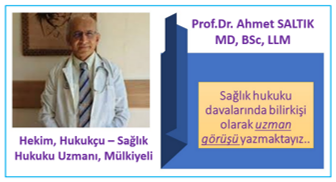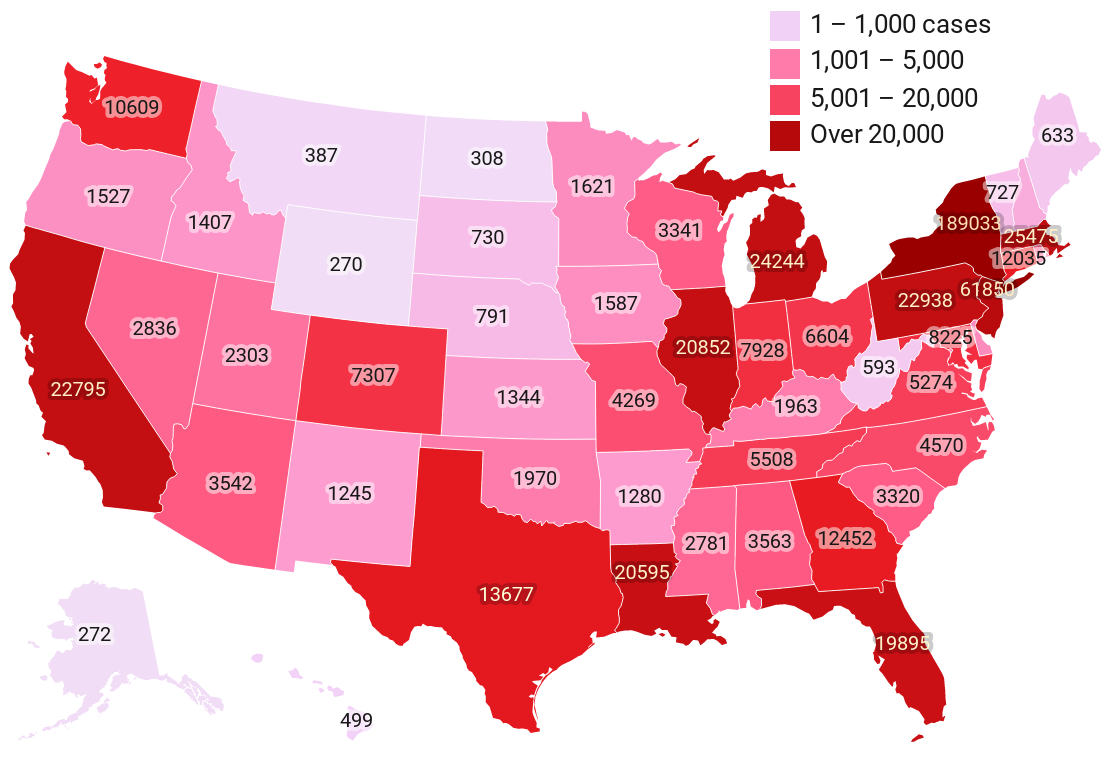WHO Director-General’s opening remarks at the media briefing on COVID-19;
23 October 2020
- We are at a critical juncture in this pandemic, particularly in the northern hemisphere.
The next few months are going to be very tough and some countries are on a dangerous track. We urge leaders to take immediate action, to prevent further unnecessary deaths,
essential health services from collapsing and schools shutting again. - Oxygen is one of the most essential medicines for saving patients with COVID-19, and many other conditions. WHO is committed to working in solidarity with all governments, partners and the private sector to scale up sustainable oxygen supply.
- Tomorrow marks World Polio Day week, and partners around the world – led in particular by Rotary International – are organising events and raising awareness about the need to eradicate polio.
- Smallpox eradication is a remarkable achievement, not least because it was completed at the heart of the Cold War. Health did then and should now always come above politics and it is with sadness that this week we lost one of the great titans of smallpox eradication with the passing of Dr Mike Lane. We will continue to honour his legacy.
- WHO is proud to announce the second Health for All Film Festival, to cultivate visual storytelling about public health.
****

Good morning, good afternoon and good evening.
We are at a critical juncture in this pandemic, particularly in the northern hemisphere.
The next few months are going to be very tough and some countries are on a dangerous track.
Too many countries are seeing an exponential increase in cases and that is now leading to hospitals and ICU running close or above capacity and we’re still only in October.
We urge leaders to take immediate action, to prevent further unnecessary deaths, essential health services from collapsing and schools shutting again.
As I said it in February and I’m repeating it today: This is not a drill!
We’re calling on governments to carry out 5 key actions today.
First, assess the current outbreak situation in your country based on the latest data you have to hand. Conduct honest analysis and consider the good, the bad and the ugly.
I have a specific message for those countries that have successfully brought COVID-19 transmission under control: Now is the time to double down to keep transmission at a low level, be vigilant, be ready to identify and cases and clusters and take quick action.
Do not allow the virus to take hold again.
Second, for those countries where cases, hospitalizations and ICU rates are rising, make the necessary adjustments and course correct as quickly as possible.
Making changes when needed shows leadership and strength.
Third, it’s important to be clear and honest with the public about the status of the pandemic in your country and what is needed from every citizen to get through this pandemic together.
Fourth, put systems in place to make it easier for citizens to comply with the measures that are advised.
This means, if people are told to isolate or quarantine, or businesses have to close temporarily, governments need to do everything they can to assist individuals, families and businesses.
Fifth, the next few months for many people will be difficult.
There are incredible stories of hope and resilience of people and businesses responding creatively to the outbreak and we need to share these widely.
Governments need to carry out the basic steps of speaking to people who are infected with the virus and their contacts and giving them specific instructions on what to do next.
If governments are able to hone their contact tracing systems and focus on isolating all cases and quarantining contacts, then mandatory stay at home orders for everyone can be avoided.
- We’ve seen many times from around the world that it’s never too late for leaders to act and turn the outbreak around.
===
Key to a united front against the virus is sharing resources equitably.
Oxygen is one of the most essential medicines for saving patients with COVID-19, and many other conditions.
Many countries simply do not have enough oxygen available to assist sick patients as they struggle to breathe.
I’m going to talk to you about what WHO and partners are doing to fill the global oxygen gap.
Estimates suggest that some of the poorest countries may have just 5 to 20 percent of the oxygen that they need for patient care.
Through the pandemic, the demand for oxygen has grown exponentially.
Back in June, when there were approximately 140 thousand new COVID-19 cases a day, the global need for oxygen was estimated to be approximately 88 thousand large cylinders each day across the world.
As daily cases rise around the world to over 400 thousand, the need for oxygen has gone up to 1.2 million cylinders each day, just in low- and middle-income alone, which is 13 times higher.
Early in the pandemic, WHO’s approach was to scale up oxygen in the most vulnerable countries by procuring and distributing oxygen concentrators.
This led to over 30 thousand concentrators, 40 thousand pulse oximeters and patient monitors to reach 121 countries, including 37 that are classified as fragile.
This includes installing pressure swing adsorption plants – or PSAs – that would be able to cover the supply needed for a large hospital and district health facilities in the area.
Somalia, Chad and South Sudan had to rely exclusively on oxygen cylinders from private vendors that are often traveling long distances and come with a high price-tag.
WHO is working with the ministries of health in these three countries to design oxygen plants fit for their local needs, which will result in sustainable and self sufficient oxygen supply.
WHO is committed to working in solidarity with all governments, partners and the private sector to scale up sustainable oxygen supply.
The oxygen project, reflects WHO’s commitment to end-to-end solutions and innovation to do what we do better, cheaper and reach more people.
For example, we’re working with partners to harness solar power to run oxygen concentrators in remote places where electricity supply is unreliable, and to reduce costs.
One of the main barriers to medical oxygen is the high transport costs of the cylinders to the health facilities.
In Kenya, a private sector company has positioned oxygen plants near clusters of health facilities and uses a milk delivery system to deliver oxygen to more than 140 clinics.
Incentivizing the business sector to change its approach and model is key to ensuring sustainable oxygen in low- and middle-income countries.
And to be successful the health work force needs to be ready.
Not only doctors and nurses with experience in caring for severely ill patients; but also biomedical engineers, respiratory therapists, and maintenance staff.
Oxygen saves lives of patients with COVID-19 but it will also save some of the 800 thousand children under-five that die every year of pneumonia and improve the overall safety of surgery.
A better world means ensuring oxygen is available for all. Where they need it, and when they need it.
===
Tomorrow marks World Polio Day week, and partners around the world – led in particular by Rotary International – are organising events and raising awareness about the need to eradicate polio.
Over the summer the world collectively welcomed Africa’s historic success of ridding the continent of wild poliovirus.
Thanks to hundreds of thousands of health workers reaching millions of children with safe and effective vaccines across the continent, the world celebrated one of the greatest public health achievements of all time.
However, while there is polio anywhere, the world remains at risk of resurgence.
Following suspension of polio and routine immunisation due to the pandemic, vaccination drives have now been restarted.
We applaud and encourage governments for doing catch-up campaigns so that no child is left behind and we can soon consign polio to the history books, alongside smallpox.
===
Smallpox eradication is a remarkable achievement, not least because it was completed at the heart of the Cold War.
Health did then and should now always come above politics and it is with sadness that this week we lost one of the great titans of smallpox eradication with the passing of Dr Mike Lane.
Dr Mike Lane spent 13 years chasing down the last remnants of smallpox, finding cases and vaccinating communities in some of the remotest corners of the Earth, where smallpox was still endemic.
At CDC, Dr Lane was the last programme director of the Smallpox Eradication Program and received many awards, including the US Public Health Service’s Commendation Medal.
For many years, Dr Lane was an advisor to WHO on smallpox.
I wish to express my deepest sympathy to Dr Lane’s friends and family. We will continue to honour his legacy.
===
Finally, telling stories is as old as human civilization.
It helps us understand our problems and can inspire action that changes lives.
WHO is proud to announce the second Health for All Film Festival, to cultivate visual storytelling about public health.
Submissions are open from tomorrow to 30 January 2021.
We look forward to receiving original short films from across the world.
More details are available on our website.
I thank you.







